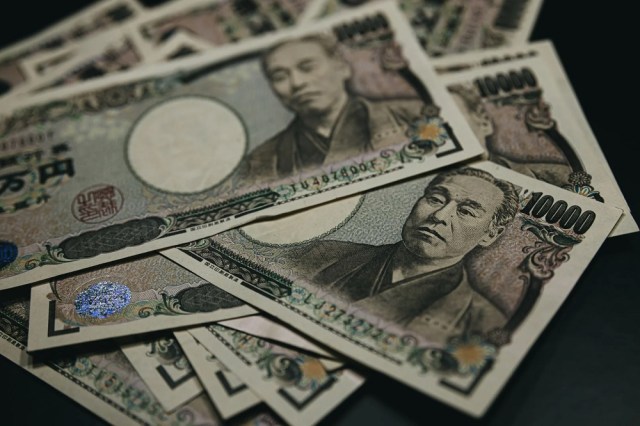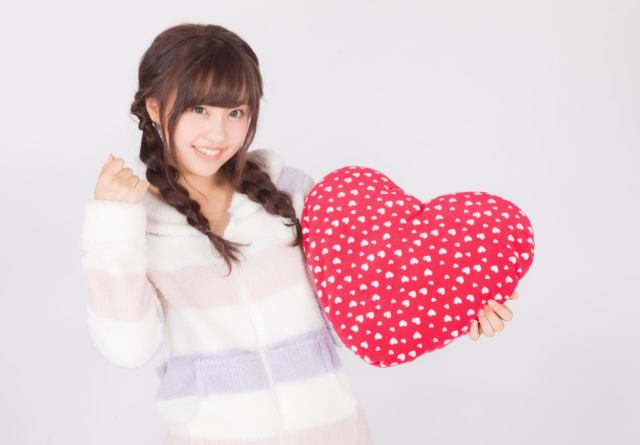How do young Japanese women spend their hard-earned money to treat themselves?

The millennial generation of women dishes on how they’ve spent the largest amount of money on themselves as a reward.
Japanese workers are known for working overtime and not taking all of the paid vacation time that they’re allotted. With such a rigorous workload, how do these workers find ways to actually enjoy their hard-earned paychecks?
It turns out that some ways are more common than others, at least for women. Gravity, a Japanese social media lifestyle app for connecting people with similar interests, recently surveyed 446 of its female users between the ages of 20-39 to find out what things they’ve splurged the most on in the name of fun. The following is a list of the top ten ways, both material and experiential, that their money has been spent on various self-indulgences.
▼ Yen in the hand definitely disappears more easily than yen in the bank.

10. Brand-name cosmetics
It’s hard to resist those sparkling counters of brand-name cosmetics found at any department store. Many respondents singled out the cost-effectiveness of splurging on makeup sets, which they can also use every day for a long time. Throw in seasonal colors of eye shadow, or a limited-time packaging design, and you’ve got a recipe for a way that female workers can also feel a bit more glamorous in the workplace.
9. Spa treatments
Survey respondents singled out spa treatments as a way to refresh and reward their minds and bodies for working so hard. An hour of various kinds of treatments such as a facial, massage, anti-aging treatments, or head spa can be a bit pricey, but even just one visit per month is well-worth the investment in themselves.
8. Expensive food
We’re actually a bit surprised that this one isn’t higher on the list! Many respondents noted that they’ve spent significant sums on very expensive meats, sweets, and fruits (the Shine Muscat grape variety in particular) to enjoy with family and friends.
▼ Wagyu, Japanese beef, was identified as a common food item for a splurge.

7. Musical instruments
Interestingly, some women decided to spend their money by purchasing instruments that they had played while growing up. Individual respondents cited the guitar and trumpet in particular as instruments that they wanted to pick back up. They also noted that an instrument is a great investment, since it can always remain their hobby moving forward.
6. International travel
While several survey respondents admitted shelling out vast amounts of money on international trips, including spending one million yen on one week abroad, they also noted that it was the best way for them to refresh and “escape from reality.”
5. Designer brand goods
Gucci, Dior, Fendi, and Hermes were a few of the brands that women noted splurging on with their wages. Some mentioned putting all of their annual bonuses towards such luxury items while one admitted to spending half of her money on a designer bag.
▼ “Half of my money is gone but I’ve got the bag of my dreams.”

4. Car
Many respondents voiced their love of cars and buying the car that they’d always wanted to drive as a personal reward. They also noted a car’s practicality for daily life, with one woman writing, “My entire world has changed.”
3. Beauty appliances, goods
Instead of going to the spa, many respondents noted that they’ve spent significant money on do-it-at-home beauty devices like hair irons or face rollers. This outlet for spending money also serves as another way for them to focus on their own well-being and invest in goods that should last them a long time.
2. Domestic travel
The runner-up way for women to treat themselves was domestic travel. Hot springs trips with friends, staying at luxurious hotels, and even traveling somewhere off-the-beaten path from Tokyo were all examples of the types of trips they’ve booked for fun.
1. Oshi-related goods
Here we have it–the number one way that survey respondents spent their money was towards their oshi, which is the idol, singer, or character of their complete devotion. Even if there’s zero chance of them ever meeting this favorite being, it seems that the act of pouring in everything they’ve got–both time and money for buying merchandise and going to events–was enough to make them feel fulfilled. As one woman wrote, “If you don’t have an oshi, you can’t work hard.”
▼ Keep working hard for the sake of your oshi!

Survey respondents who have spent the largest sums of money on their oshi may want to evaluate their current work situation to make sure it’s conducive for as many oshi-related activities as possible. If not, perhaps they’d prefer to work for this company which has paid time off specifically for oshi-related things.
Source: PR Times
Top umage: Pakutaso
Images: Pakutaso (1, 2, 3, 4)
● Want to hear about SoraNews24’s latest articles as soon as they’re published? Follow us on Facebook and Twitter!
Credit:

0 comments:
Post a Comment